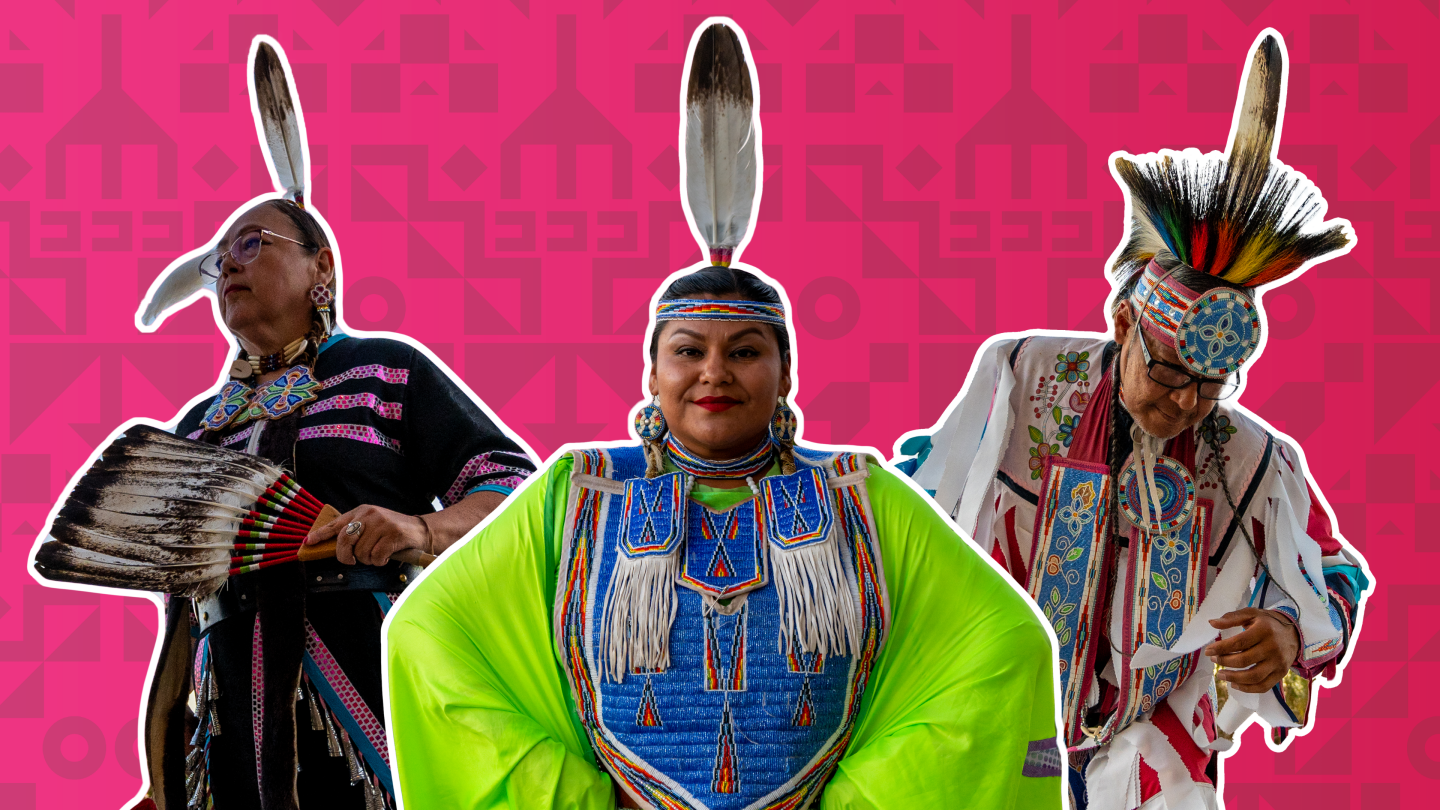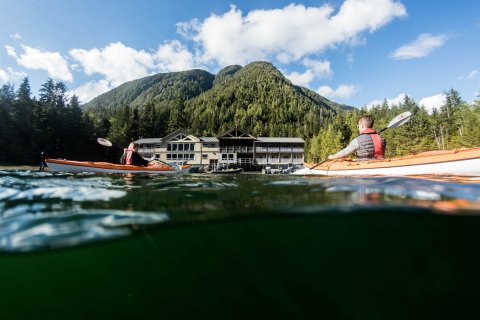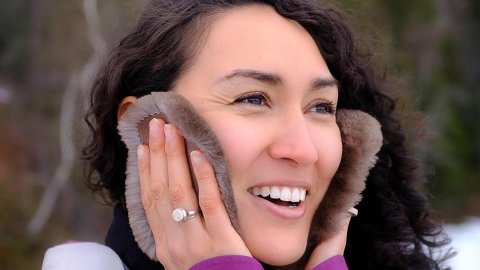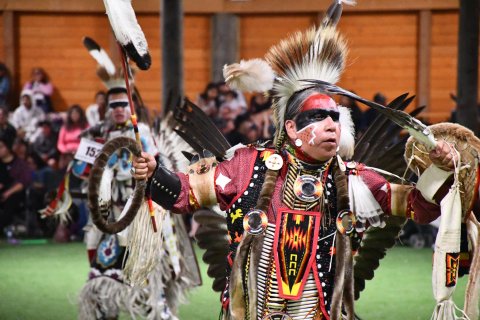Pow Wow 101: A Comprehensive Guide to Cultural Respect and Celebration

Reflecting on my inaugural Pow Wow experience, the memories remain vividly etched in my mind. Stepping onto the Mādahòkì Pow Wow grounds on the sacred day of the Solstice, the enduring sun’s warm embrace heightened my anticipation, setting the stage for an unforgettable experience. Despite my excitement, I approached with a sense of reverence and trepidation, mindful of my role as a guest and witness to these age-old traditions.
While proud of my own Indigenous identity, I’m keenly aware that Pow Wows aren’t deeply ingrained in my Métis culture. Residing in Vancouver, I’ve also grown accustomed to the diverse ceremonial practices upheld by the Pacific Coastal Nations, which often diverge from the more familiar Pow Wow traditions. That said, my extensive travels along the Pow Wow trail since this inaugural visit have afforded me invaluable insights into the vibrant landscapes of both competition and traditional / social Pow Wows, particularly as a welcomed guest into these communities. Guided by my work as a writer and filmmaker in the blossoming Indigenous Tourism industry, I’ve been warmly embraced as a guest by these lively assemblies, forging connections that transcend cultural bounds.
An aspect often overlooked is the palpable inclusivity of Pow Wows, which welcome participants from all walks of life. Attending with respect and adherence to protocol not only grants entry but also holds deep value for both participants and observers alike. In the following guide, I’ll share the etiquette and insights I’ve gleaned from my immersive experiences on the Pow Wow trail, shedding light on the profound cultural significance of these timeless gatherings.

A Pow Wow is a vibrant cultural gathering deeply rooted in the traditions of various Indigenous communities across North America. It serves as a celebration of Indigenous heritage, spirituality, and unity, bringing together people from diverse backgrounds to honor their ancestors and connect with their cultural identity. Practiced by numerous Indigenous groups, including but not limited to the Plains, Woodland, and Pacific Coastal Nations, Pow Wows vary in style and purpose depending on the region and community. The most common types include traditional Pow Wows, which focus on preserving and showcasing traditional dances, regalia, and customs; competitive Pow Wows, where dancers compete in various categories for prizes and recognition; and social Pow Wows, which emphasize community bonding, sharing, and healing through music, dance, and storytelling. Each Pow Wow is a unique expression of Indigenous culture, characterized by vibrant regalia, rhythmic drumming, and spirited dancing that captivate participants and spectators alike.

With the understanding that Pow Wows are meant as a source of recreational entertainment for spectators, I aim to keep the discussion accessible without delving too deeply into the tedious technicalities of etymology and terminology. That said, here are just a few key terms to acquaint yourself with, enriching your understanding and enjoyment of the festivities:
Pow Wow
In alignment with “The Elements of Indigenous Style,” a guide written by and about Indigenous Peoples, Destination Indigenous follows the convention of spelling it as “Pow Wow,” with both words capitalized. Alternatively, you may encounter it spelled as “Powwow” or “Pow-wow.” This term originates from the Algonquian language, particularly the Narragansett dialect, where it originally denoted a gathering or council.
Regalia
“Regalia” refers to the traditional clothing, accessories, and adornments worn by participants in ceremonies, celebrations, or cultural events. In the context of Pow Wows, regalia often includes items such as elaborate beadwork, feathers, leatherwork, jewelry, and headdresses. Each piece of regalia is typically handcrafted and holds deep cultural and spiritual significance for the wearer and their community. Regalia is not only worn for aesthetic purposes but also serves as a representation of Indigenous identity, heritage, and pride.
Grand Entry
Pow Wows traditionally begin with The Grand Entry. The Grand Entry is the ceremonial commencement of a Pow Wow, where participants, including dancers, drum groups, veterans, elders, and dignitaries, enter the central dance arena or arbor in procession. Traditionally led by flag bearers carrying flags representing Indigenous nations and sometimes nations like the United States or Canada, the procession is set to the rhythmic beat of a traditional Grand Entry song played by the drum groups. The Grand Entry symbolizes the gathering of Indigenous Peoples and marks the official start of the Pow Wow festivities, embodying unity, pride, and cultural reverence.

Traditionally, Pow Wow programs are meticulously organized by styles of dance, each representing a distinct aspect of Indigenous culture and heritage. Each dance style is commonly further categorized by age groups filtering participants into either Tiny Tots (3-5), Junior (6-12), Teen (13–17), Adult (18–34), Senior (35–53), Golden Age (54–64), or Platinum categories (65+).
Common dance styles include:
Men’s Traditional Dance: This dance reflects the movements of warriors or hunters, often characterized by deliberate, grounded steps. Dancers typically wear traditional regalia adorned with feathers, beadwork, and animal motifs.
Women’s Traditional Dance: Similar to the Men’s Traditional Dance, but with softer, more graceful movements. Women often wear traditional dresses or skirts adorned with intricate beadwork and other embellishments.
Fancy Dance (Men’s and Women’s): A high-energy, acrobatic dance characterized by fast footwork, spins, and jumps. Fancy dancers wear vibrant, elaborate regalia adorned with fringe, sequins, and bright colors.
Grass Dance: Originating from the Northern Plains tribes, this dance mimics the movement of grass swaying in the wind. Dancers wear regalia adorned with long, swaying fringe to emphasize the motion of the dance.
Jingle Dance: A healing dance originating from the Ojibwe (Chippewa) and other Great Lakes tribes. Dancers wear dresses adorned with metal cones that create a jingling sound as they move, symbolizing the sound of rain bringing healing to the community.
Chicken Dance: Originating from the Blackfoot Nation, this dance mimics the movements of a prairie chicken during mating rituals. Dancers wear regalia featuring feathers and fringe, and the dance is often accompanied by humorous movements and gestures.
Round Dance: A social dance that involves participants holding hands and moving in a circular formation. It is often performed to honor special occasions or to bring people together in celebration and unity.

Check the Door Policy
While most Pow Wow celebrations welcome the public with open arms, it’s wise to confirm beforehand. Occasionally, some gatherings are private, reserved exclusively for members of the hosting nation or community. These events might not be publicly advertised, so a quick check can save you from any surprises.
Punctuality is Key
Respect the efforts of the organizing committee by arriving promptly. Being on time not only ensures you don’t miss any significant moments but also helps maintain the event’s smooth flow.
Reserved Seating for Dancers and Elders
Be mindful of seating arrangements in the arena, where benches are reserved for dancers and honoured guests such as elders. Dancers and dignitaries usually mark their spots with blankets, so avoid sitting on unclaimed blankets and respect designated seating areas.
Listen to the Master of Ceremonies
The Master of Ceremonies plays a crucial role in guiding attendees through the event. Pay close attention to their announcements to stay informed about dance schedules and other important details. They will also often let audience members know when it is or isn’t appropriate to photograph the festivities
Respect the Lead Dancers Honor the Head Man and Head Woman Dancers, who hold the privilege of starting each song or set of songs. Wait for their cue before joining in, acknowledging their pivotal role in the proceedings.
Be Considerate of Others’ Views
Be considerate of fellow attendees by avoiding obstructing their view. If someone, particularly an elder, is sitting behind you and unable to stand for the entire program, ensure that you’re not blocking their view. Make room or adjust your position to allow everyone an unobstructed view of the event.
Bring Your Own Seating
Come prepared with your own lawn-chair, as seating for the public may be limited. Remember, benches in the arena are reserved for dancers only.
Maintain a Sober Environment
Pow Wows are spiritual gatherings, not social events. Alcohol, drugs, and firearms are strictly prohibited on the premises, preserving the sacred atmosphere of the occasion.
Seek Permission for Photography
Exercise courtesy by seeking permission before capturing photographs, especially of dancers. Be mindful of sensitive moments, such as ceremonies and prayers, which should not be photographed without consent. As previously mentioned, the Master of Ceremonies will often address when photography is prohibited.
Respect the Significance of Regalia
A dancer’s regalia holds profound spiritual significance and is not to be treated as a costume. Always ask before touching or photographing regalia, respecting its cultural and personal significance.
Support Indigenous Artisans
Explore the marketplace to support Indigenous families and communities. Your purchases contribute to their livelihood and promote their entrepreneurial efforts. Plus, sharing your experience by recommending the vendor to others enhances their visibility and strengthens community connections. So, take note of the vendor’s name to offer sincere recommendations when asked.
Family-Friendly Environment
Pow Wows extend a warm invitation to families, promising an immersive cultural journey suitable for all generations. Bring your children along to indulge in the vibrant festivities and timeless traditions. However, as you revel in the experience, remember to maintain respect and appropriateness, mindful of the diverse environment that encompasses dancers and guests of all ages. Your consideration ensures that everyone can cherish the event’s magic together.
Curiosity is Encouraged
Don’t hesitate to ask questions if you’re new to Pow Wows. Members of the community are usually eager to share their knowledge and help you understand the significance of the events.

While this guide may seem detailed at first glance, I assure you it’s designed to empower rather than overwhelm. Like many, I once hesitated to explore Pow Wows due to a lack of understanding. However, diving into these festivities revealed a world of enrichment and joy beyond measure. Despite the perceived complexity, the core principles are simple. Embracing Pow Wows with genuine respect and curiosity naturally aligns with the majority of the points mentioned. As you step onto the Pow Wow grounds with this mindset, you’ll find yourself warmly welcomed by the community, enriching both your own experience and theirs.
Want to find a Pow Wow near you? Check out our Pow Wow calendar at www.CanadianPowWows.ca










